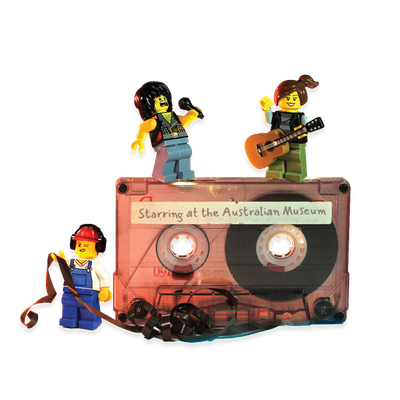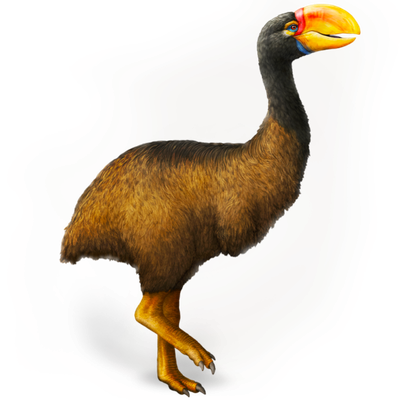Your search returned 12454 results
By Page Type
By Tag
- fish (966)
- blog (696)
- fishes of sydney harbour (401)
- First Nations (299)
- Blog (236)
- AMRI (169)
- archives (164)
- Eureka Prizes (146)
- Aboriginal and Torres Strait Islander (135)
- insect (126)
- Ichthyology (124)
- geoscience (109)
- minerals (102)
- climate change (100)
- podcast (94)
- Fish (91)
- Anthropology (89)
- International collections (80)
- Minerals Gallery (78)
- wildlife of sydney (78)
- Labridae (77)
- frog (74)
- gemstone (70)
- history (64)
- photography (64)
- Mollusca (60)
- gem (59)
- staff (59)
- Birds (56)
- Gems (56)
- Indonesia (56)
- education (56)
- shark (55)
- AMplify (54)
- people (53)
- earth sciences (50)
- past exhibitions (50)
- exhibition (49)
- Gobiidae (48)
- sustainability (46)
- Pomacentridae (45)
- Serranidae (44)
- lifelong learning (42)
- science (42)
- Earth and Environmental Science (41)
- Syngnathidae (41)
- Ancient Egypt (40)
- Bali (40)
- bird (40)
- dangerous australians (40)
-
The families and genera of marine gammaridean Amphipoda (except marine gammaroids). Part 2
https://journals.australian.museum/barnard-and-karaman-1991-rec-aust-mus-suppl-132-419866/The families and genera of marine gammaridean Amphipoda (except marine gammaroids). Part 2
-
Catalogue of crustacean type specimens in the Australian Museum: Malacostraca
https://journals.australian.museum/springthorpe-and-lowry-1994-tech-rep-aust-mus-11-1134/Catalogue of crustacean type specimens in the Australian Museum: Malacostraca
-
Oratosquilla septemdentata n.sp. (Crustacea: Stomatopoda: Squillidae), a new species of deep water stomatopod from Halmahera, Indonesia
https://journals.australian.museum/ahyong-1994-rec-aust-mus-461-14/Oratosquilla septemdentata n.sp. (Crustacea: Stomatopoda: Squillidae), a new species of deep water stomatopod from Halmahera, Indonesia
-
Planktic ostracodes from the antarctic and subantarctic collected by the 1989–1990 Italian Antarctic Expedition
https://journals.australian.museum/benassi-et-al-1994-rec-aust-mus-461-2537/Planktic ostracodes from the antarctic and subantarctic collected by the 1989–1990 Italian Antarctic Expedition
-
A review of the filistatid spiders (Araneae: Filistatidae) of Australia
https://journals.australian.museum/gray-1994-rec-aust-mus-461-3961/A review of the filistatid spiders (Araneae: Filistatidae) of Australia
-
Early Carboniferous Gastropoda from the Tamworth Belt, New South Wales, Australia
https://journals.australian.museum/yoo-1994-rec-aust-mus-461-63120/Early Carboniferous Gastropoda from the Tamworth Belt, New South Wales, Australia
-
Laumontite and heulandite-clinoptilolite pseudomorphous after Jurassic gastropods from Ponganui, New Zealand
https://journals.australian.museum/rodgers-and-hudson-1992-rec-aust-mus-suppl-15-7381/Laumontite and heulandite-clinoptilolite pseudomorphous after Jurassic gastropods from Ponganui, New Zealand
-
Zeolites from a new locality at Ben Lomond, New England Region, New South Wales
https://journals.australian.museum/england-1992-rec-aust-mus-suppl-15-5572/Zeolites from a new locality at Ben Lomond, New England Region, New South Wales
-
Auriferous limonitic stalactites from the Bimbimbie Gold Mine, New South Wales
https://journals.australian.museum/lawrence-1992-rec-aust-mus-suppl-15-3943/Auriferous limonitic stalactites from the Bimbimbie Gold Mine, New South Wales
-
Discover more
2025 Australian Geographic Nature Photographer of the Year
Special exhibition
Free entry
Now open -
Discover more
Unfinished Business
Special exhibition
Free entry
Now open -
Find out more
Surviving Australia
Permanent exhibition
Free entry
Now open![]()
-
Find out more
Burra
Permanent kids learning space
Free entry
10am - 4.30pm![]()
-
Discover more
Minerals
Permanent exhibition
Free entry
Open daily![]()





